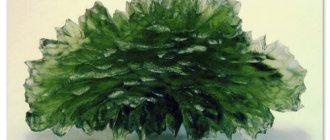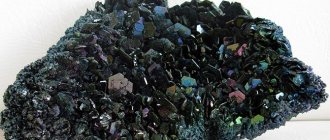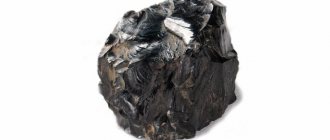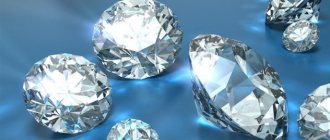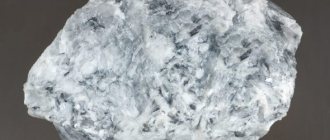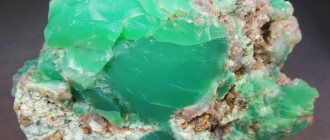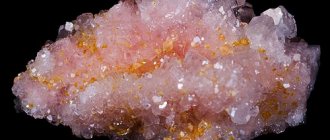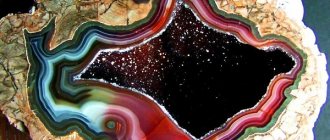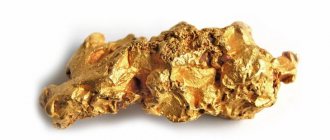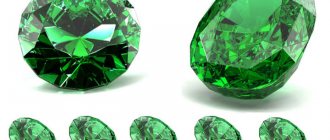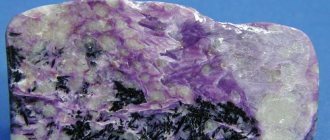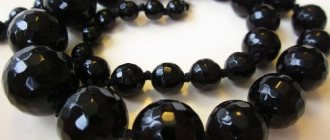The stone has another name - kisthen, which means “double strength” translated from Greek. We will tell you why it was called that and what properties the mineral has in this article. Like most stones, disthene can either exhibit beneficial properties or destroy the wearer. In order not to receive a “cursed” amulet, you need to know who kyanite is suitable for by character and zodiac sign. Let's find out.
Counterfeits from India
In ancient Russian documents, the kyanite stone (like other blue stones) was called bogus or baus. M.I. Pylyaev, a Russian writer and historian, believed that this name of the stone came from the name of the English seller of precious stones D. Bowes. By the way, he was an envoy of Queen Elizabeth of England. Bowes lived in Moscow during the time of Ivan the Terrible.
At first, stones were brought from India. And (if you can’t fool me, you can’t sell them) they were often passed off as sapphires. It got to the point that everyone started buying blue stones reluctantly.
“Plank stone” is what German miners called kistene. And for good reason. You can only split a disthene crystal into slivers or long sticks, “planks.”
Story
The first mention of the stone occurs in the 16th century. in a book intended for merchants. It describes a gem originally from India, which came to Russia and Europe under the name “baus” and was passed off as a type of sapphire. In Germany, it was called “plank stone” because of the peculiar appearance of the accumulation of crystals, similar to the texture of wood.
The official year of discovery of the gem is considered to be 1789, when the German mineralogist A. Werner studied the stone and gave it a name according to the main color - kyanite. In the 19th century The properties and characteristics of the stone were studied in more detail by René-Juste Haüy, a French specialist who proposed an alternative name - kistene (translated as double strength), as he discovered that its edges have different hardness.
Properties of Kyanite
The Greek name disthene (disthene, obsolete cyanite) consists of two words: di (two, double) and sphenos (sfenos) strength. The second name of the stone is kyanite (from the Greek kyanos - blue).
The German name reflects an interesting property of the mineral - different hardness along the longitudinal and transverse axis. It is easy to make a scratch along the crystal with a knife. Along this axis, the hardness of the mineral is only 4.4. It is impossible to make a scratch across with a knife - here the stone has a hardness of 7.
The composition of kyanite is simple - it is aluminum silicate.
It's more difficult with color. Varieties you can see:
- green kyanite;
- bluish;
- colorless;
- yellow.
Blue kyanites are not often found, and black ones are even rarer.
We recommend: Spiritual stone BLUE JADE (DIANITE)
| Formula | Al2O(SiO4) |
| Color | Blue, green, yellow, violet, colorless, black |
| Stroke color | White |
| Shine | Glass (pearl) |
| Transparency | Transparent, translucent |
| Hardness | 4—7 |
| Cleavage | Perfect by {100} |
| Kink | Splintered |
| Density | 3.56—3.67 g/cm³ |
| singonia | Triclinic |
| Refractive index | 1,72 |
Properties of the mineral:
- The luster is glassy, mother-of-pearl, pearly.
- Perfect cleavage (in one direction).
- Transparency ranges from translucent to transparent.
You can find disten with a cat's eye effect.
Some crystals exhibit pleochroism. Color can vary from purple, blue to green.
Your name, mineral
In the Urals, disten was called kaslinite (Kasli is a place where beautiful pebbles were found).
If you hear about sapphire spar or blue talc, know that they are talking about kyanite.
Colorless disthene has a second name - reticin.
Green kyanites are called chromedisthenes or chromekyanites.
The Ural miners called purple and blue distenses oatmeal.
Questions/Answers
We are interested in looking for answers to your questions. We are always happy to receive your questions!
How to distinguish a fake?
Kyanite itself can be passed off as sapphire (and the difference in price is very noticeable).
In its faceted form, kyanite can be confused with aquamarine, benitoite, dumortierite, and cordierite.
But disten is also counterfeited. Checking the crystal:
- The distribution of color is often uneven: zonal, spotty with concentration in the center. Counterfeits do not have this feature.
- A steel knife scratches the crystal along the elongation, but not in the transverse direction. This property makes kyanite unique among minerals.
- Any specialist can easily distinguish kistene from sapphire and aquamarine by density and refractive index.
How to care?
- Protect from shocks and falls.
- Wash contaminated jewelry with soapy water and rinse under running water. Do not use brushes or abrasives.
- Do not store near heating devices.
- Disten does not like bright sunlight.
How to wear?
Do you like rings? Then this information is for you.
Each finger is associated with a specific element:
- index - Fire;
- middle - Earth;
- nameless - Air;
- little finger - Water.
By putting a ring with a Fire stone on your index finger, you will enhance the magical properties of the stone.
What is the price?
In the online store. We look at the display case (in the sense, at the table
